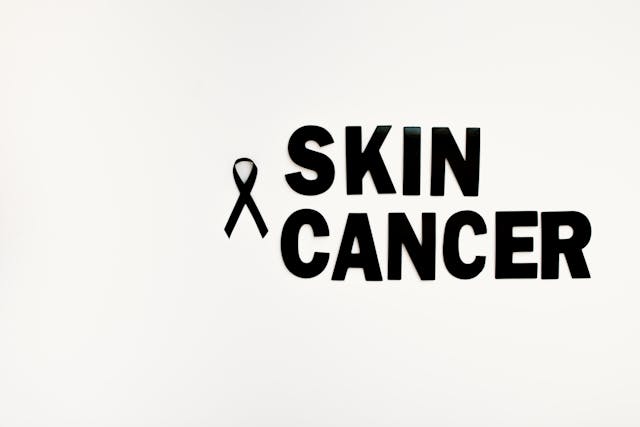
Every year, skin cancer affects millions of people all over the world. The cancer is a common form of the disease. After getting a diagnosis, patients are frequently confronted with a comprehensive range of treatment options that can be overwhelming. Therefore, in order to make informed decisions regarding their health and well-being, it is necessary to have an understanding of these alternatives.
Diagnosis and Understanding the Condition
The first step in the process is diagnosis, which is often accomplished by performing a biopsy on suspected skin lesions. Under a microscope, dermatologists and oncologists examine these samples to detect the type of cancer and the degree of its severity. Understanding the diagnosis is the first step in developing an efficient treatment strategy.
Surgical Intervention: Removing the Threat
Surgery is one of the most conventional methods that is utilized in the treatment of skin cancer. This entails removing the malignant tissue together with a margin of healthy skin in order to guarantee that the tumor is completely eradicated. Surgeons can choose to perform operations such as excision, Mohs surgery, or lymph node dissection, depending on the size of the lesion and the location of the lesion. Surgery continues to be an essential component of treatment, particularly in instances where the cancer is concentrated in a single area of the body and has not progressed to other areas elsewhere.
Radiation Therapy: Targeting Cancer Cells
Radiation therapy provides a feasible alternative for patients whose cancer has progressed beyond the skin or who are not good candidates for surgery. High-energy radiation beams are used in this treatment to target and kill cancer cells with the least amount of damage to nearby healthy tissue. It gives patients a non-invasive option for tumor control and is frequently used in conjunction with surgery or as the sole treatment for specific forms of skin cancer.
Chemotherapy: Systemic Attack on Cancer
Chemotherapy can be used to treat advanced or metastatic skin cancer, albeit it is more frequently linked to interior tumors. Using an intravenous or oral method, potent medications are administered systemically to target cancer cells wherever they can be found in the body. Chemotherapy is a useful treatment, but it frequently has side effects that need to be carefully handled by medical professionals. These consequences include fatigue, nausea, and hair loss.
Immunotherapy: Harnessing the Body’s Defenses
Immunotherapy is a revolutionary development in cancer treatment that has transformed the way people fight many cancers, including skin cancer. Immunotherapy medications like checkpoint inhibitors work by boosting the body’s immune system to identify and combat cancer cells. In some cases, these medications have demonstrated impressive results. This strategy could lead to long-term remission and higher survival rates, which would mark a significant advancement in the management of skin cancer.
Targeted Therapy: Precision Medicine
Targeted treatment is a novel technique for treating skin cancer that entails the use of medications that selectively target genetic abnormalities or proteins that promote the growth and division of cancer cells. With targeted therapies, side effects are minimized, and outcomes are improved by killing cancer cells only while leaving healthy tissues unharmed. This is in contrast to standard chemotherapy, which affects all rapidly dividing cells in the body. For individuals with advanced skin cancer or cancer that is resistant to treatment, this individualized approach has enormous promise.
Treatment: The Promise of Innovation
Researchers and drug companies have been working hard lately to create innovative skin cancer therapy methods. These developments, which range from ground-breaking immunotherapies to creative, tailored medicines, provide people battling this difficult illness with a glimmer of hope. Opt for a new treatment for skin cancer that directly targets genetic defects that contribute to the disease’s etiology. This concentrated strategy has the potential to alter how experts treat and manage skin cancer, giving patients new hope and improved results.
Conclusion
Receiving a skin cancer diagnosis might be frightening, but sufferers should not lose faith because there are many treatment options available now. There is no one-size-fits-all method for treating this complicated condition; options range from conventional surgical procedures to state-of-the-art immunotherapies and targeted medicines. Patients can start their path toward healing and recovery by collaborating with healthcare experts to comprehend their options and create a treatment plan that meets their specific needs. For people fighting skin cancer, the future appears more promising than ever because of continuous research and development that is bringing novel and intriguing treatments to the forefront.


